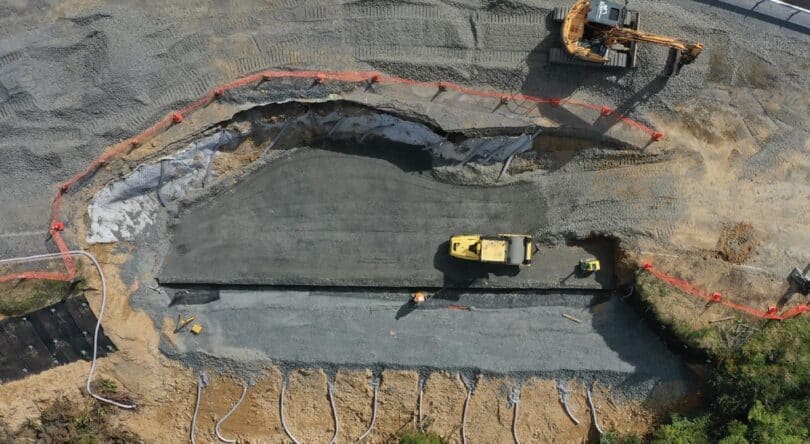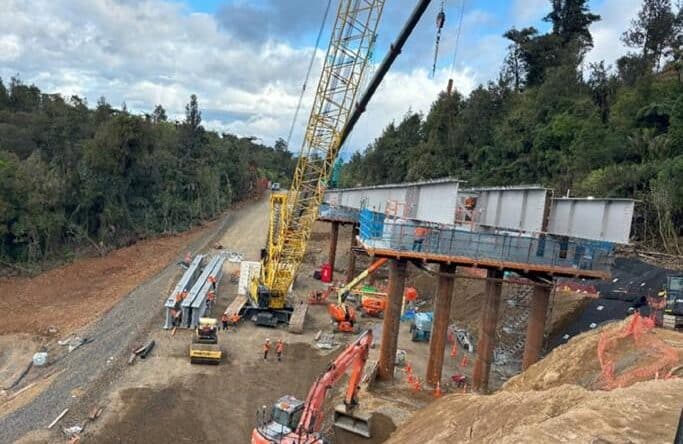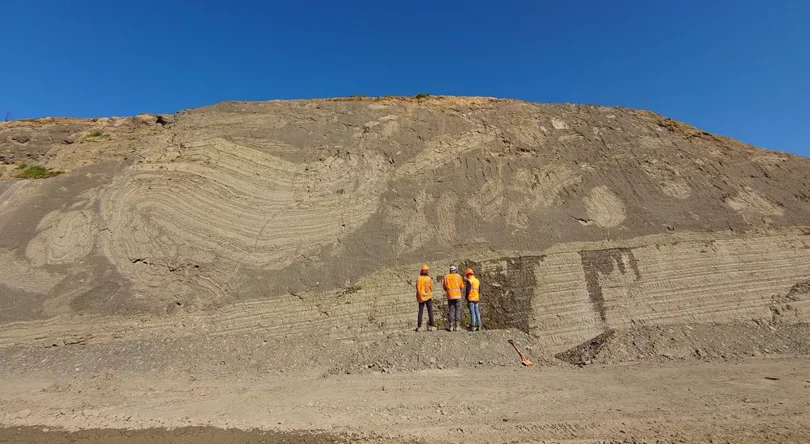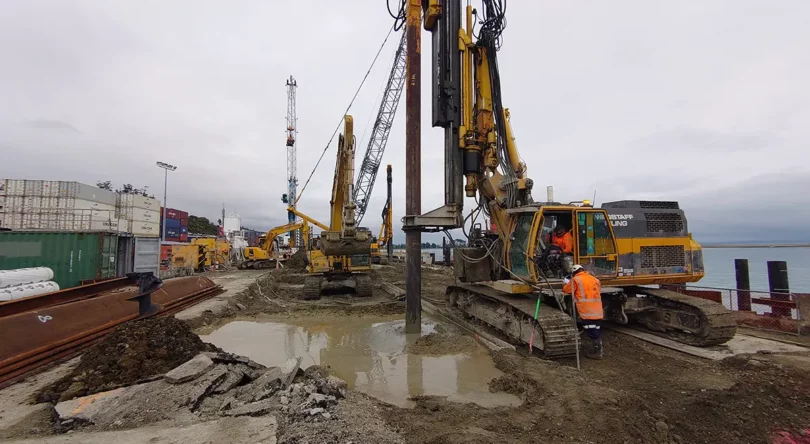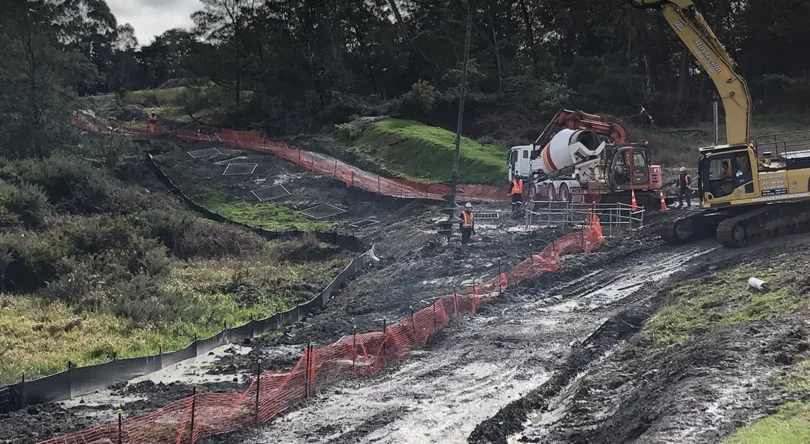Ground Improvement encompasses a wide range of techniques which are typically used to improve bearing capacity, control settlements and permeability, mitigate liquefaction triggering as well as increasing slope stability. While ground improvement has historically been used to treat soft or weak ground, more recently its use has expanded to further improve the engineering properties of otherwise ‘competent’ ground which allows for building and structural foundations to be optimised.
Andy O’Sullivan’s team of experts bring extensive experience in the design and construction certification of a wide range of ground improvement techniques, including deep and cutter soil mixing, in situ mass stabilisation, permeation grouting, calcite precipitation, stone columns, soil nailing, low strength rigid inclusions as well as controlled modulus column designs.
Our team bring over 15 years of continued experience in this area of geotechnical design and have designed and certified over 150 ground improvement projects. They have published widely in this area.
Our design approach is first to fully characterise the ground conditions prior to deciding on the best form of ground treatment (if any). Bespoke design solutions are then developed, we don’t apply oversimplistic generic solutions. This disciplined, first principles approach consistently leads us to optimised solutions early.
Andy, who leads our ground improvement practice, has pioneered several ground improvement techniques in the New Zealand and Australian market including deep soil mixing, in situ mass stabilisation, launched soil nailing as well as jet grouting.
Our ground improvement designs have included alternative designs for bridge and building foundations, control of settlement under highway embankments, mitigation of earthquake-induced lateral spreading at port development and improved slope stabilisation properties.
we have successfully delivered ground improvement solutions on the following projects
- Preston’s Road Subdivision, Christchurch – Design of open grid, low replacement ratio deep soil mixing (DSM) ground improvement over approximately 18,000m2 for a large residential subdivision in Christchurch to mitigate effects of liquefaction triggering and lateral spreading.
- Turitea Wind Farm, Palmerston North – Design optimisation of required ground improvement for the main sub-station.
- Saint George’s Hospital, Christchurch – Design of open grid, low replacement ratio DSM ground improvement under Importance Level 5 hospital development to achieve strict design criteria. Deep Soil Mixing is also used to retain ‘rattle box’ foundations for base-isolated buildings. This was the first use of this technique in this application in the New Zealand market.
- Project ‘Basalt’, Tauranga – Design of open grid low replacement ratio continuous flight auger (CFA) and displacement pile ground improvement for a large industrial complex in Tauranga.
- Wellington Town Hall – Design of jet grouting and slurry wall ground retention, including design of jet grout ‘plug’ to provide groundwater cut-off. The project also involved underpinning for seismic retrofit and upgrade of a historic listed building.
- Waikato Regional Theatre, Hamilton – Design of DSM to provide ground retention for excavation for new Regional Theatre Project in Hamilton.
- New Main Wharf North – Port Nelson – Detailed design for Cutter Soil Mixing CSM for lateral spreading mitigation at Port Nelson.
- Redhills Wastewater Infrastructure Scheme, Auckland – Protection of the underground pipeline through active landslide using an innovative ‘underground pipe bridge’ concept, resulted in time savings of over one year on the programme and several million dollars.
- Waverley Wind Farm, Taranaki – Technical guidance and review of dynamic compaction for wind turbine foundations.
- Ara Tūhono – Pūhoi To Warkworth – Value Engineering (deletion) of proposed ground improvement at Northern Tie-in of project.
key personnel
related projects
SH25A Taparahi Slip Remediation
McConnell Dowell with joint venture partner Fulton Hogan and designers Beca and Tonkin+Taylor completed the new Taparahi Bridge and reopened State Highway 25A in record time.





